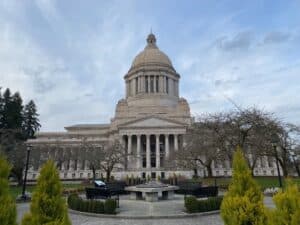
Photo Credit: Erica Hallock
Trivia!
With George Washington’s Birthday upcoming on Feb. 22, I looked into why our state is named after our country’s first President and learned we were almost named something else. What was the other potential name?
Highlights of the Week
Burning the Midnight Oil. Both the Senate and the House put in long hours of Floor action to meet Tuesday’s deadline for bills to pass out of their house of origin. The House went into the early morning hours of Saturday and Sunday and then pulled an all-nighter Monday into Tuesday before adjourning for a few hours of rest after 6 a.m. Tuesday morning.
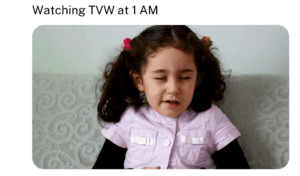
As you can imagine, when legislators and staff are under tremendous pressure to get through a lengthy list of bills, all on little sleep, tempers can flare. Before the Senate adjourned Saturday, Feb. 12, President Abraham Lincoln’s Birthday, Senate Majority Floor Leader Jamie Pedersen closed Floor action with this appropriate Abraham Lincoln quote, “I don’t like that man. I must get to know him better.”
Revenue Forecast. On Feb. 16, the Washington State Economic and Revenue Forecast Council received an updated revenue report from the State’s Economist, Dr. Steve Lerch. Washington’s economy continues to be strong with revenues once again exceeding projections. From Nov. 11, 2021 to Feb. 10, 2022, for example, the state’s revenues were $452 million (or 5.9%) above the November forecast. The major takeaway from the presentation is that the state currently has an approximate $15 billion surplus as a result of new revenue, reserves and one-time federal funding.
On the upside, Washington continues to add new jobs, new COVID-19 cases are declining and retail sales and real estate remain robust, driving the increased revenue. On the downside, high inflation is problematic, worker absence due to illness increased during the Omicron outbreak and supply chain challenges persist.
Notably, this growth is expected to slow after this year and both Senate Ways and Means Chair Christine Rolfes and House Appropriations Chair Timm Ormsby noted this projected slowdown in their remarks, stressing the importance of caution in their budgeting. They both recognized the current surplus is larger than expected and will necessitate adjustments in their budgets. They also cautioned that because they budget over four years, and uncertainty exists in these out-years, particularly due to inflation, they have to use care in making long-term investments. Representative Ormsby also highlighted the need to stabilize the workforce among the state’s service vendors and identified increasing reimbursement rates as a strategy to achieve that goal.
These revenue numbers will be used to inform the Senate and House Operating budgets which will be released, likely early next week.
Caseload Forecast. The Caseload Forecast Council met Friday following the release of Start Early Washington’s last update. In addition to the revenue forecast, the caseload forecast is important information used to finalize the budgets. This forecast looks at expected demand for services such as Medicaid, corrections and K-12. Drops in caseload create savings, and increases create demand for additional investment.
The caseload forecast included updated projections for ECEAP and Working Connections Child Care:
- ECEAP. For State Fiscal Year 2022 (ending June 30, 2022), the Forecast Council projects a caseload of 11,465, which is down 382 children, or 3.2%. For state Fiscal Year 2023 (ending June 30, 2023), they expect caseload will remain as projected at 14,890.
- Working Connections. For State Fiscal Year 2022, the council projects a caseload of 20,750, down 852 families, or 3.9%. For State Fiscal Year 2023, they project a caseload of 26,104, down 783 families, or 2.9%.
For both programs, COVID-19 creates the greatest uncertainty to the forecast. Questions impacting the caseload include whether a COVID-19 vaccine will be available for young children and how future outbreaks will be contained. Additionally, for ECEAP, the current caseload is below 2019-2020 levels and for Working Connections, COVID-19 has led to reduced entries and increased exits of children from the program.
Legislative Updates
As the legislative session continues to advance, the number of bills still “alive” continues to decline after each cutoff. For example, Representative Klippert’s SHB 2082 relating to a statewide assessment of child care access for families of children with developmental delays or disabilities is considered “dead” because it was not passed out of the House by the Feb. 15 cutoff.
After days (and nights!) of lengthy floor sessions, attention returned to committee activity bright and early on Feb. 16, with the next cutoff for bills to be passed out of the opposite house policy committee quickly approaching Feb. 24. With the fiscal committee cutoff for bills in the opposite chamber following on Feb. 28, expect marathon policy and fiscal committees over the next 10 days to meet the deadlines.
Also, check out Start Early Washington’s bill tracker at the top of our Start Early Washington State Resources page for the latest information.
What’s Up Next?
Back to Budgets. With the caseload and revenue forecast releases, the House and Senate are expected to release their respective operating budgets by early next week. The Senate Ways and Means Committee has a Monday, 4 p.m. public hearing scheduled to receive feedback on their budget. The House Appropriations Committee has a Monday, 3:30 p.m. public hearing on the books. The actual release of both budgets is unknown as of this writing. Stay tuned for a summary after the release of the budgets, capturing all the major highlights.
While the Operating budget often receives much of the attention, the Legislature frequently passes three budgets – Operating, Capital and Transportation. The Senate released its proposed Capital budget this week. We will include more detail in the addendum to be released after the Operating budgets come out, but we can flag that the Senate Capital budget contains funding for early learning facilities. Specifically, it includes $31.5 million from a mix of one-time federal funding and state bonds for early learning facility grants ($25.3 million for competitive grants and $6.2 million for designated projects) as well as $18.5 million in one-time federal funding for minor renovation grants. Notably, this was a bipartisan Capital budget, with the two Democratic and two Republican leads listed as sponsors. As of this writing, the House Capital budget has not been released.
And, as noted in our last update, the proposed Transportation budget was released last week. The revenue bill, which outlines the funding sources for the transportation proposal, was the final bill debated in the Senate before the 5 p.m. house of origin cutoff. As one would expect, a hearty debate ensued, including a request for a ruling from the Senate President about the bill’s title. In the end, the revenue bill passed 29-20.

 Social Media
Social Media  Contact Your Lawmaker
Contact Your Lawmaker  Share Resources
Share Resources 

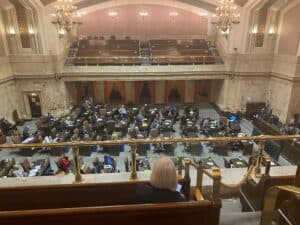
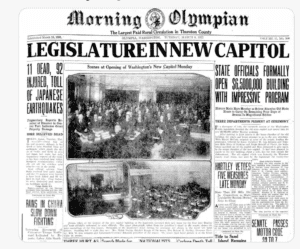 Photo Credit:
Photo Credit:  Elizabeth Varnell and Virginia (Ginna) Varnell Dunn
Elizabeth Varnell and Virginia (Ginna) Varnell Dunn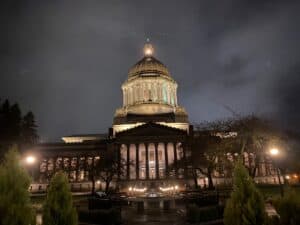 Photo Credit: Erica Hallock
Photo Credit: Erica Hallock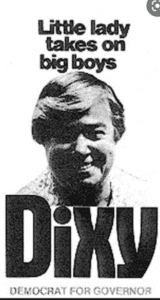 Dixy Lee Ray Campaign Poster (1976)
Dixy Lee Ray Campaign Poster (1976)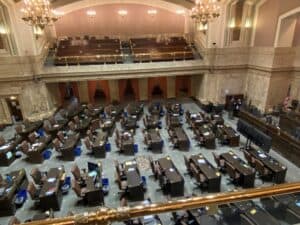
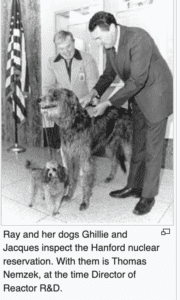 Dixy Ray and her dogs at the Hanford nuclear reservation
Dixy Ray and her dogs at the Hanford nuclear reservation Official Gubernatorial Portrait of Governor Dixy Lee Ray
Official Gubernatorial Portrait of Governor Dixy Lee Ray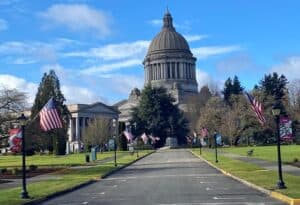


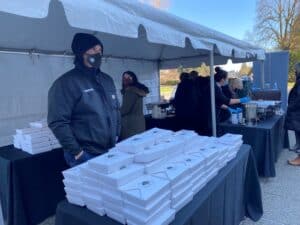
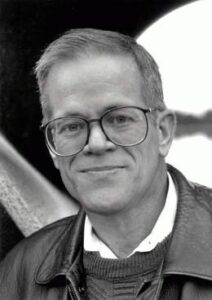
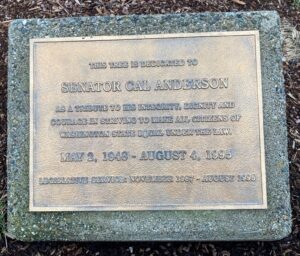




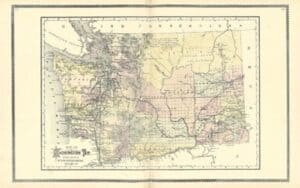 Map of Washington Territory
Map of Washington Territory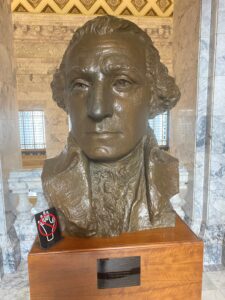 George Washington Bust
George Washington Bust